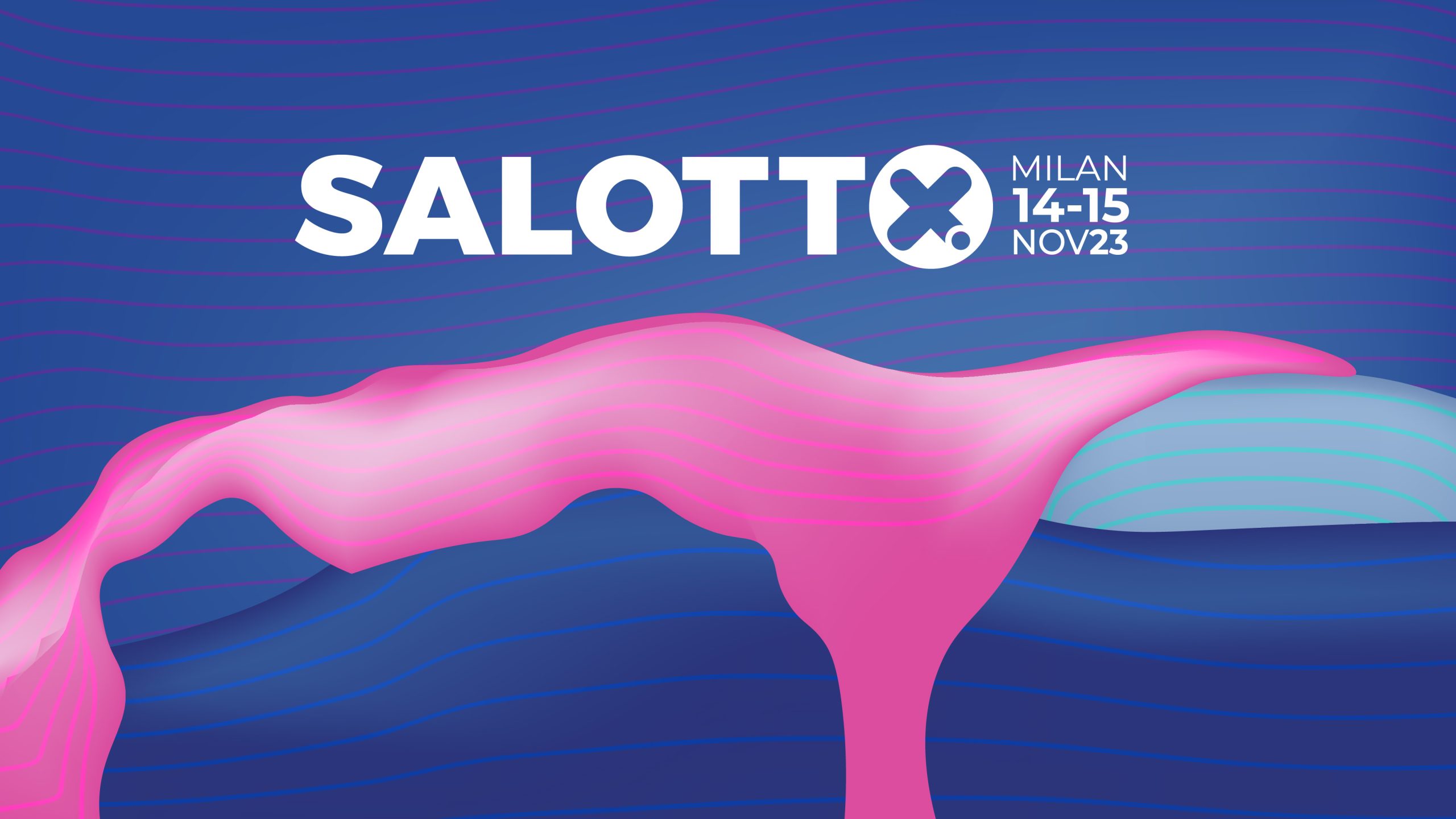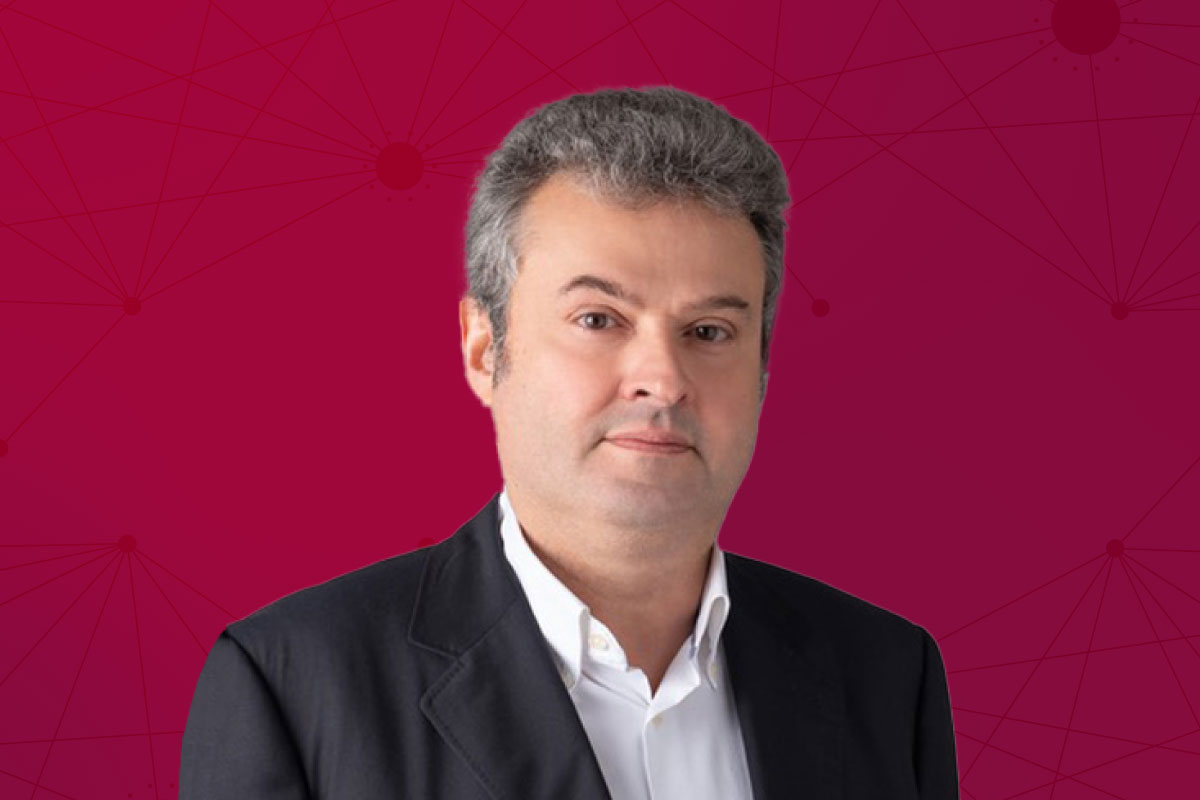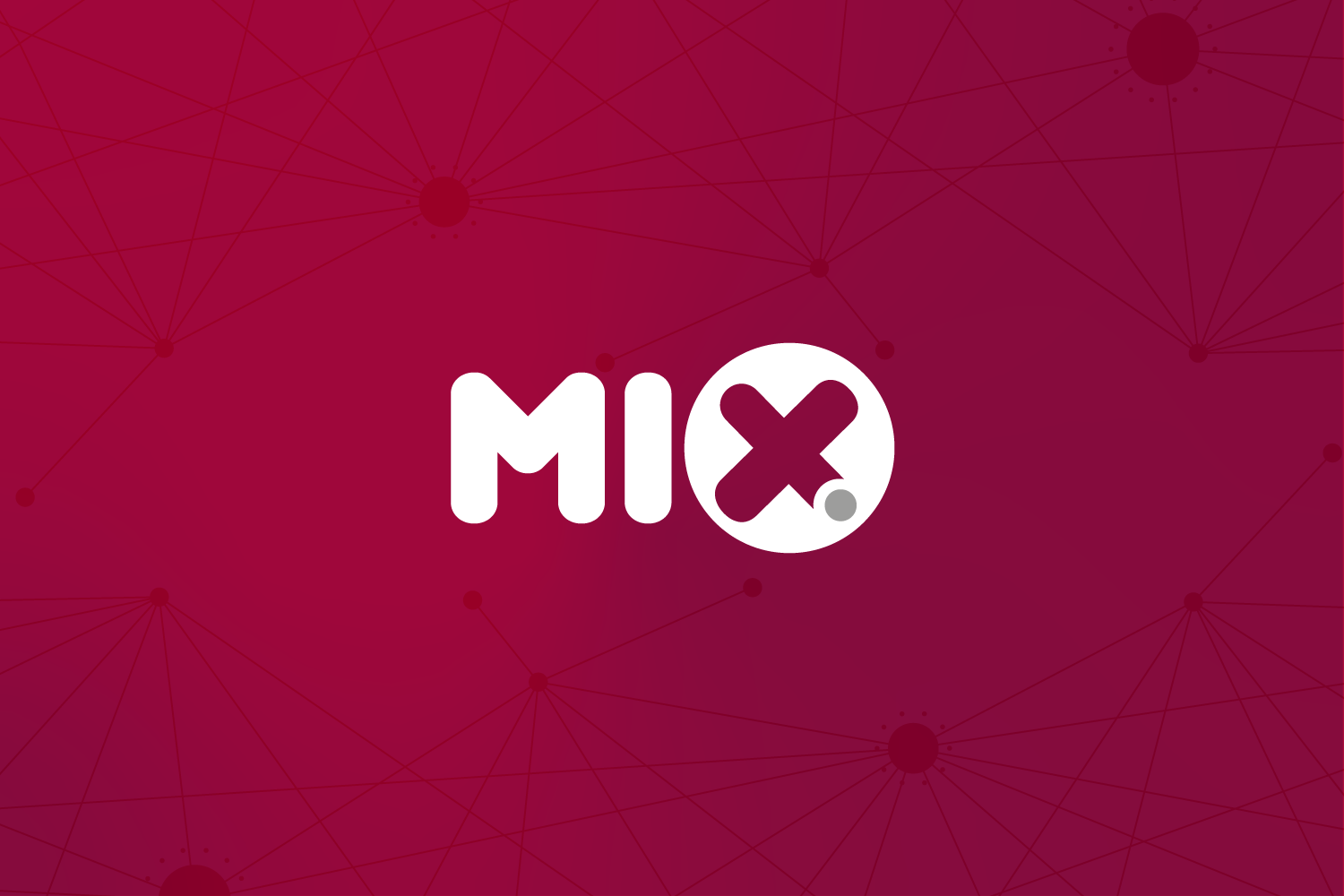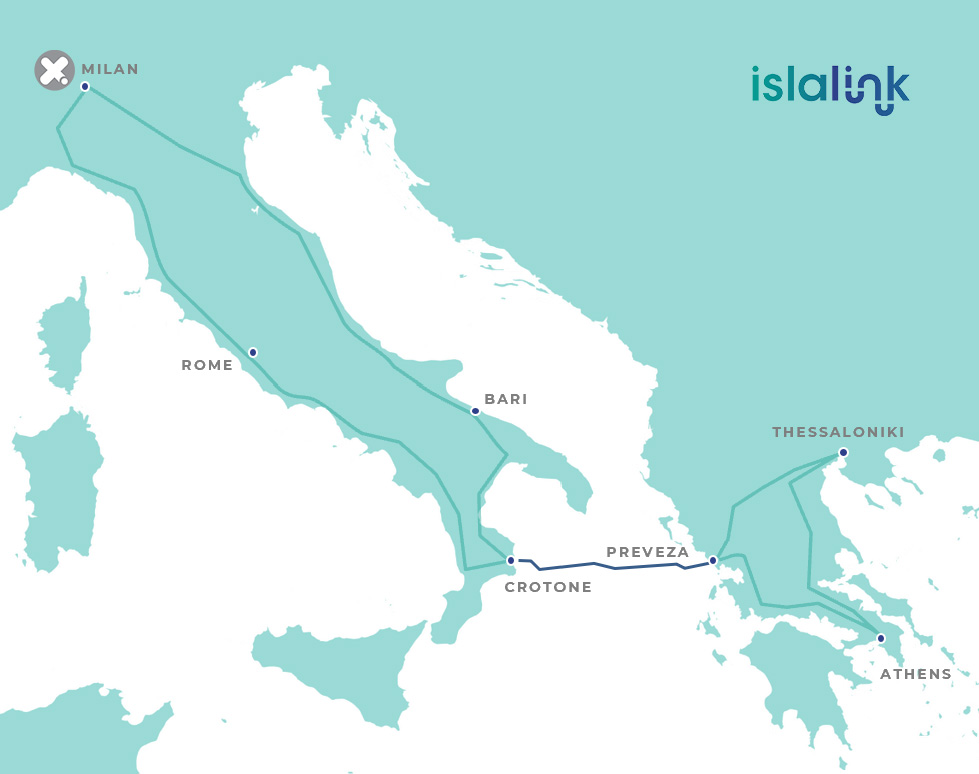
Greener Internet: Sustainability Efforts in the Internet Exchange Industry
In our rapidly evolving digital age, the Internet has become an integral part of our daily lives. It connects us, empowers us, and offers a world of knowledge at our fingertips. However, the convenience of the digital world has come at a price: the environmental impact of the Internet. As data centres and network infrastructure expand to accommodate the ever-increasing demand for online services, there is a growing need to make the Internet more sustainable. This article explores the sustainability efforts within the Internet exchange industry that are paving the way for a greener Internet.
Understanding the Environmental Impact
Before delving into sustainability initiatives, it’s essential to understand the environmental footprint of the Internet. Data centres are energy-intensive. They require constant cooling, consume massive amounts of electricity, and contribute significantly to carbon emissions. In addition, network infrastructure, including data transmission and storage, is energy-hungry.
The Internet Exchange Industry’s Role
Internet exchange points (IXPs) play a crucial role in making the Internet sustainable. These are physical locations where multiple internet service providers (ISPs) connect their networks to exchange traffic. IXPs serve as digital hubs, reducing the need for data to travel long distances, and minimising energy consumption. This localisation of traffic contributes to a more sustainable Internet.
Sustainability Initiatives in the Internet Exchange Industry
The Internet exchange industry has recognised the urgency of addressing its environmental impact. Here are some key sustainability initiatives it has undertaken:
Renewable Energy Adoption: Many IXPs are transitioning to renewable energy sources such as solar, wind, and hydropower to power their data centres and network infrastructure. This transition reduces carbon emissions and dependence on fossil fuels.
Energy Efficiency: Improving the energy efficiency of data centres and network equipment is another priority. Measures include using advanced cooling systems, optimising server configurations, and employing eco-friendly building designs.
Waste Reduction: Minimising electronic waste is a part of the sustainability agenda. Recycling, reusing, and responsible disposal of old equipment are becoming standard practices in the industry.
Eco-Friendly Infrastructure: Building data centres and network infrastructure with sustainability in mind is a growing trend. Green buildings, which meet environmental standards for energy and resource use, are being constructed to house data centres.
Traffic Optimisation: Internet exchange points are optimising data traffic to minimise latency and reduce the distance data travels. This reduces the energy required for data transmission.
Collaboration and Knowledge Sharing: The Internet exchange industry is working collaboratively to share best practices and knowledge on sustainability. This ensures that sustainable practices are adopted industry-wide.
The Positive Impact
The efforts of the Internet exchange industry to go green are already yielding positive results:
Reduced Carbon Footprint: By adopting renewable energy and improving energy efficiency, the industry is significantly reducing its carbon emissions.
Lower Energy Costs: Sustainability initiatives often lead to cost savings, making the Internet exchange industry more economically viable.
Enhanced Reliability: Localised traffic exchange enhances the Internet’s reliability and resilience, making it less susceptible to regional outages.
Global Inspiration: These sustainability efforts inspire other sectors to follow suit, contributing to a more eco-conscious world.
The Path Forward
While progress has been made, there is still much work to do in making the Internet exchange industry completely sustainable. This requires ongoing investment in renewable energy, continuous research and development in energy-efficient technologies, and a commitment to reducing the industry’s carbon footprint.
Users of the Internet also have a role to play, by using online services responsibly, minimising our digital footprint, and supporting companies and organisations that prioritise green initiatives.
In conclusion, the Internet exchange industry’s journey toward sustainability is a vital step in creating a greener Internet. By adopting renewable energy sources, improving energy efficiency, and collaborating to share best practices, this industry is working diligently to reduce its environmental impact. With continued commitment and innovation, we can look forward to a more sustainable and eco-friendly digital future.








